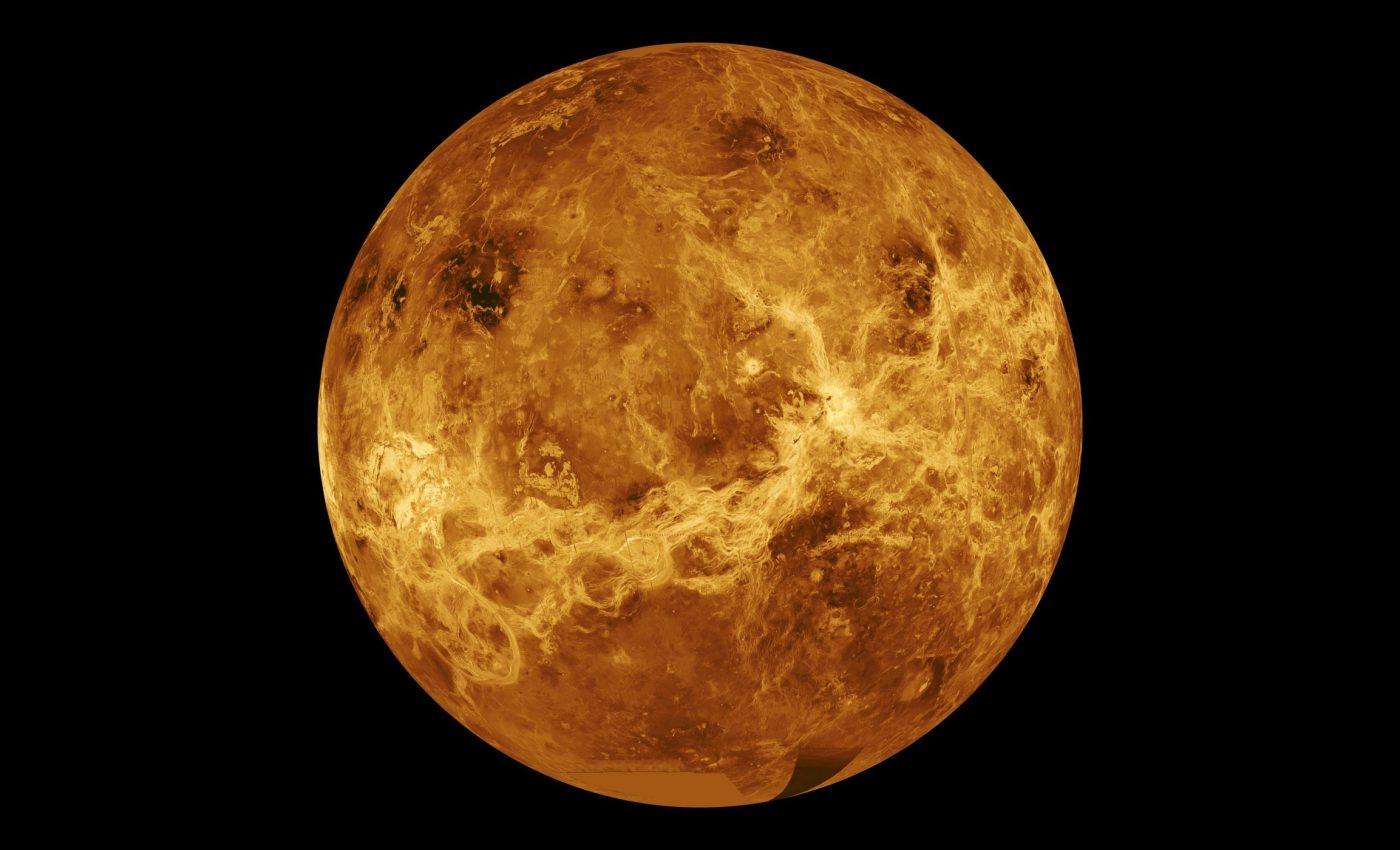
Reexamining old data showed that the atmosphere on Venus is approximately 62% water trapped in hydrated compounds.
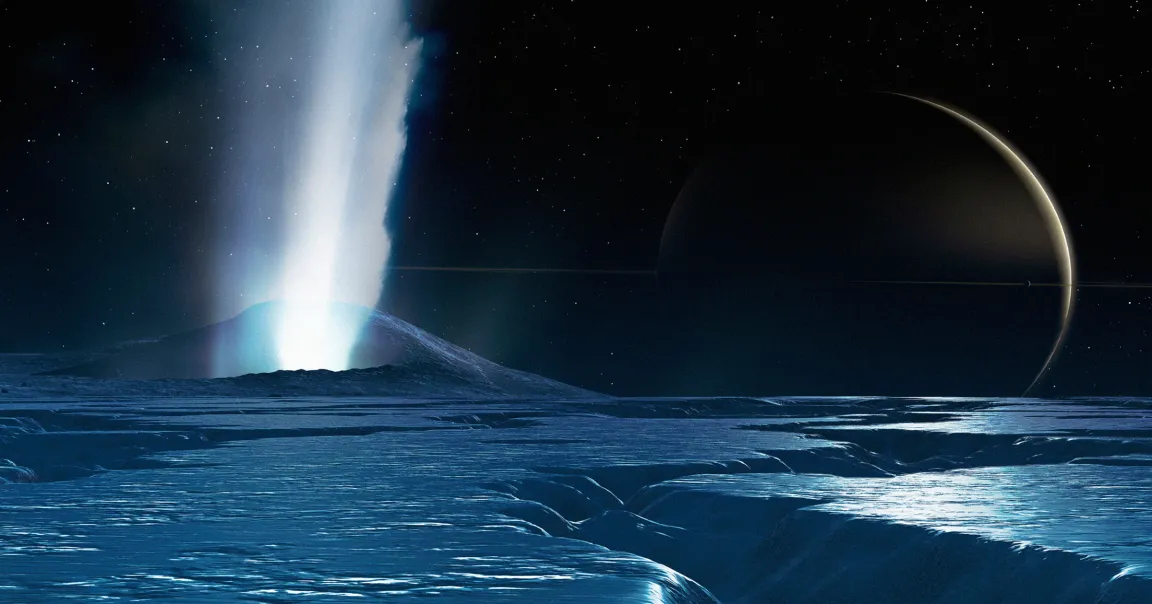
Astronomers have found that Saturn’s moon, Enceladus, is spewing out copious amounts of complex organic molecules, suggesting it’s an even more promising place to look for extraterrestrial life than previously thought.
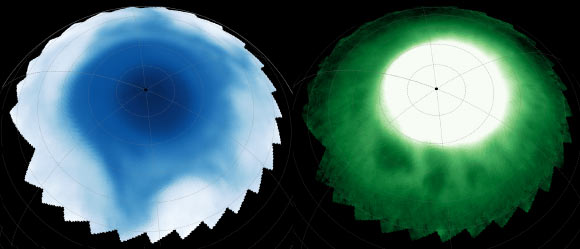
Astronomers using the NASA/ESA James Webb Space Telescope have detected a series of dark, bead-like and asymmetric star-shaped features in the ionosphere and stratosphere of Saturn.
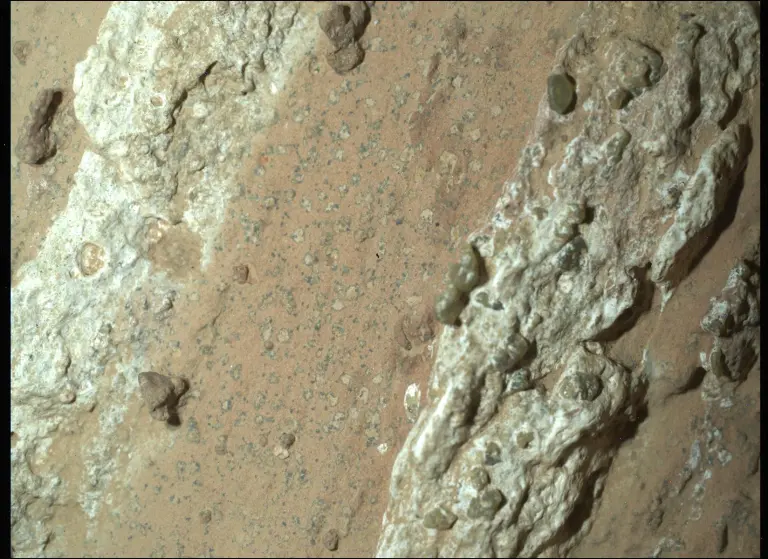
A sample collected by NASA’s Perseverance Mars rover from an ancient dry riverbed in Jezero Crater could preserve evidence of ancient microbial life.
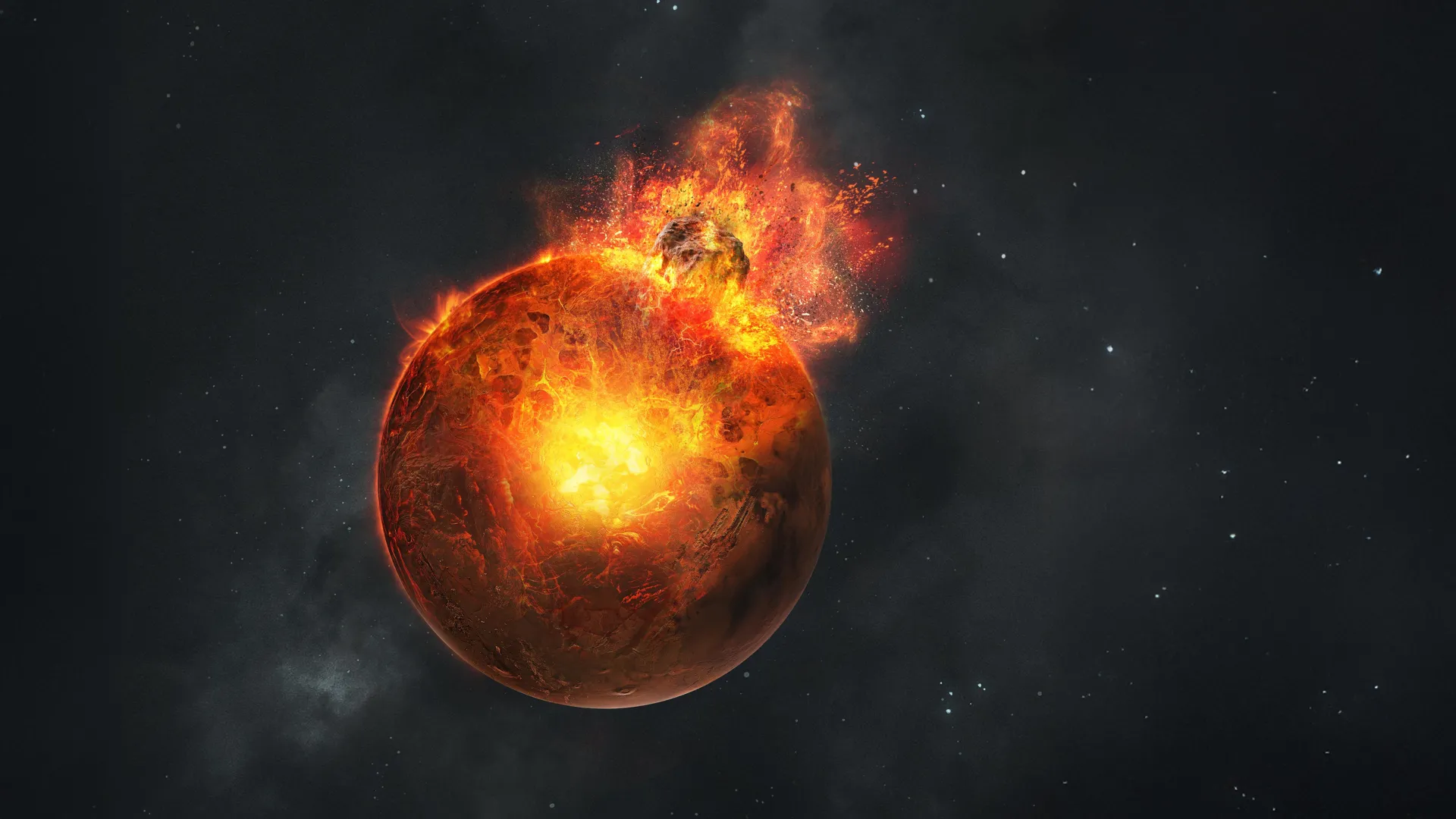
Mars isn’t the neatly layered world we once imagined — its mantle is filled with ancient, jagged fragments left over from colossal impacts billions of years ago.
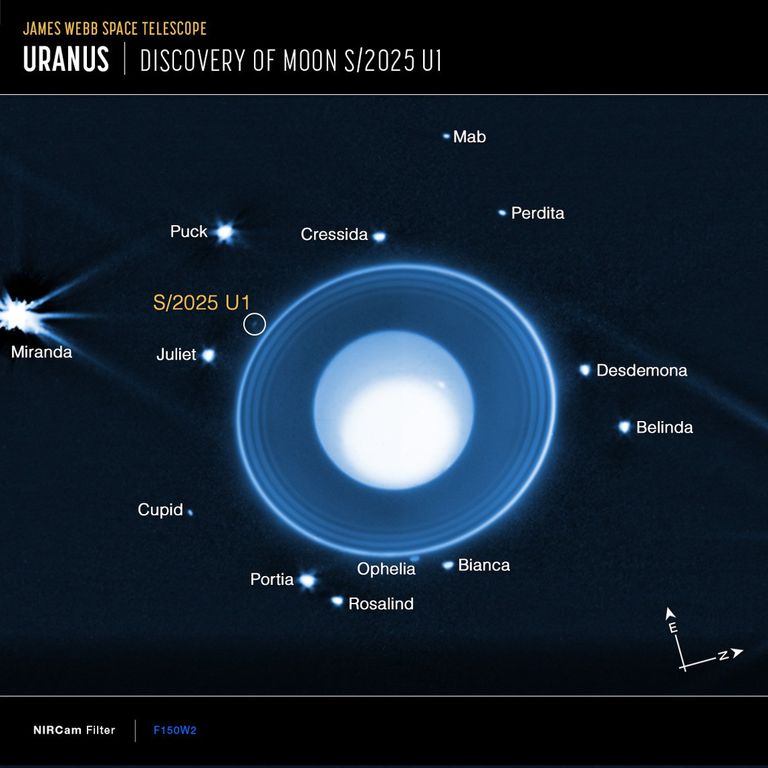
Using NASA’s James Webb Space Telescope, a team has identified a previously unknown moon orbiting Uranus, expanding the planet’s known satellite family to 29.
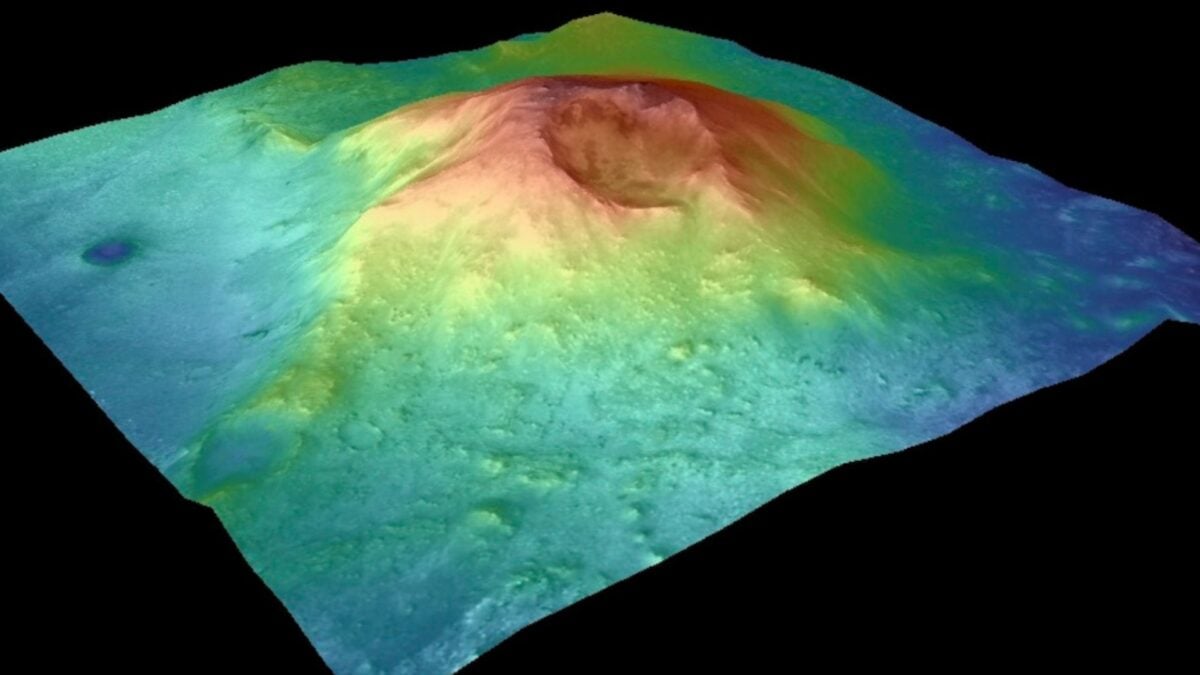
The researchers posit that the volcano could have supported conditions favorable for life in the once-watery Jezero crater.

A new panorama from NASA’s 2001 Mars Odyssey orbiter shows one of the Red Planet’s biggest volcanoes, Arsia Mons, poking through a canopy of clouds just before dawn.
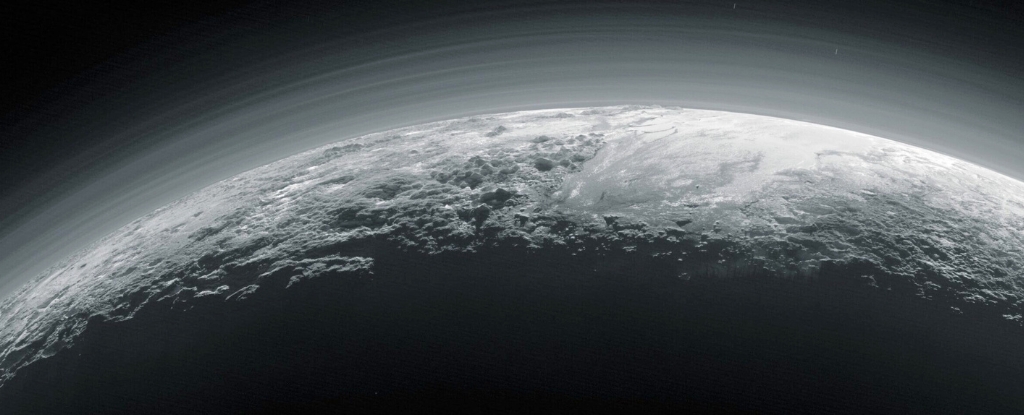
When the New Horizons spacecraft swept past Pluto and Charon in 2015, it revealed two amazingly complex worlds and an active atmosphere on Pluto.

20 years of observations have given us more knowledge about the icy giant.

The JWST shows that ice on Europa is developing at different rates in different places, such as Tara Regio, where crystalline ice (lighter colors) is found on the surface as well as below the surface.

After a decade of searching, NASA's MAVEN (Mars Atmosphere Volatile Evolution) mission has, for the first time, reported a direct observation of an elusive atmospheric escape process called sputtering.

A US-trio appears to have discovered a distant dwarf planet with a 25,000-year orbit bringing it into the ring of icy rocks around the solar system - the Oort cloud.

Dangerous rocks may co-orbit with Venus, but new research suggests only a space-based mission can prove it.

New research suggests that Jupiter used to be at least twice as big as it is today . Over time, the bloated world cooled off, contracting to the relatively humbler size it is today.